Night sky photography requires settings based on the gear that you are using and if you are into this genre, you would have heard of the most famous 500 rule. It is one of the easiest or classic photographic rule of thumb to quickly calculate exposure settings for night sky photography and it will help you to capture stunning images of the Milky Way keeping the stars point sharp. If you want to capture sharp night sky images that will keep your audience hooked, read to find more!
So What is the 500 Rule?
The 500 Rule refers to camera settings to get a good exposure of the stars and Milky Way that helps you avoid “star trails.”
Grab your Milky Way Photography Blueprint for free right here.
If you set the shutter speed for any longer than dictated by the 500 rule, then the stars in your image will show up as star trails (rather than dots).
Well, that is the theory, anyway.
The 500 Rule for Full Frame Camera
The 500 rule for a full frame camera requires you to set your camera to ISO 3200 or 6400, your Aperture to f/2.8 (or as wide as possible) and your shutter speed to 500 divided by the focal length of your camera.
For example, if you are shooting with a 50mm lens, your shutter speed would be 10 seconds (500 / 50 = 10).
If you are shooting with a 24mm lens, your shutter speed would be 21 seconds (500 / 24 = 21 approximately).
Note: Depending on your camera sensor's response to low light, you may want to reduce the iso values sometimes. Some cameras have very good sensors that you can get perfect star photographs at around iso values close to 500.
The 500 Rule for a Crop Sensor Canon Camera
The crop factor of a Canon crop sensor camera is 1.6 so you need to account for that in your equation. Then it becomes this:
500 / (focal length x 1.6)
For example, with a 50mm lens it is 500 / (50 x 1.6) = 6 seconds (approximately).
The 500 Rule for a Crop Sensor Nikon Camera
The crop factor for a Nikon crop sensor camera is 1.5 so you account for that like this:
500 / (focal length x 1.5)
For example, with a 50mm lens, it is 500 / (50 x 1.5) = 7 seconds (approximately).
Shutter Speed Settings for the 500 Rule
Here are the settings you would use, according to your camera and lens. Just remember that the 500 rule is not perfect – you are probably going to have to adjust slightly for your particular circumstances such as light pollution, the angle of the stars or even atmospheric haze.
| Lens Focal Length | Full Frame Camera | 1.5 Crop (Nikon) | 1.6 Crop (Canon) |
| 14 mm | 36 sec | 24 sec | 22 sec |
| 16 mm | 31 sec | 21 sec | 20 sec |
| 20 mm | 25 sec | 17 sec | 16 sec |
| 24 mm | 21 sec | 14 sec | 13 sec |
| 35 mm | 14 sec | 10 sec | 9 sec |
| 50 mm | 10 sec | 7 sec | 6 sec |
| 70 mm | 7 sec | 5 sec | 4 sec |
| 85 mm | 6 sec | 4 sec | 4 sec |
| 135 mm | 4 sec | 2 sec | 2 sec |
| 200 mm | 3 sec | 2 sec | 2 sec |
How to Go Beyond the 500 Rule
Learning the 500 rule is pretty much the basic end of coming to grips with night sky photography. There are a lot of other things to think about from composition through to gear setup and post-production. These articles on Light Stalking should get you started with the full story of shooting at night:
How to Photograph the Milky Way
We wrote up a pretty solid guide to getting those shots of the night sky that really wow an audience. It covers the 500 rule but goes a lot deeper.
How to Photograph the Moon
If you’re getting into night sky photography, then at some point, you’re going to want to photograph the moon, so this is a detailed post going into all of the ins and outs of getting a good shot.
Star Photography: Dos and Don'ts
If you are a night sky photographer, these are some important tips that you need to take care of and it also has some very useful tools that we have put together that will be of great help to you when photographing the stars.
Where Else Can I Read About the 500 Rule?
Here are some pretty cool resources and websites that you might want to take a look at written by photographers who are experienced with night sky photography. You also might like to subscribe to them, cos we think they are great. Some of the examples are amazing!
- https://www.martijnkort-photography.com/how-to-shoot-stars-milky-way-500-rule/
- https://www.enricophoto.net/blog/post/the-500-rule-of-astrophotography
- https://bradycabe.com/blog/2017/2/the-500-and-300-rule-for-photographing-the-night-sky
- https://astrophotobear.com/the-guide-of-500-astrophotography/
P.S: There is also a great discussion about the 500 rule in astrophotography going on in our forums here at Light Stalking. Take a look at it here.
Useful Tools for Calculating the 500 Rule
There are a couple of great online tools for calculating exposures with the 500 rule. All do more-or-less the same thing:
- https://www.lonelyspeck.com/milky-way-exposure-calculator/
- https://www.photopills.com/calculators/spotstars
- https://www.lonelyspeck.com/advanced-astrophotography-shutter-time-calculator/
The Best 500 Rule iPhone Apps
- The 500 Rule Calculator
- Dark Skies
The Best 500 Rule Android Apps
- Pin Point Stars
- Sharp Stars
- Star Trail Calculator
What About the 600 Rule?
Whoa there, cowboy! Well, if you look at your night sky image and things are not looking good (ie. you have underexposed images) then you might want to look at the 600 rule which is basically the same except the calculation allows for a slightly longer shutter speed. (ie. ISO 3200 and 600 / focal length). Remember what we said about the rule not being an exact science?
There Is Also The NPF Rule!
The recent high-resolution digital cameras require the need to have a more accurate exposure time for the best or more accurate results. It takes into account the camera sensor size, resolution, and aperture beside the focal length. It is based on a formula devised by Frédéric Michaud for the Société Astronòmique du Havre called the NPF rule that is quite complex.
What Next?
Well, once you have the 500 rule squared away in your memory, then you are going to want to get out a start shooting! There is a more comprehensive article on milky way photography here that you might like to read.
And of course, once you have started getting reasonable shots straight out of camera, you will soon realise that the resulting raw files will need some post-production work. For that, we have put together the Milky Way Magic Lightroom toolkit that will help you add that pop to astro shots that wow an audience.
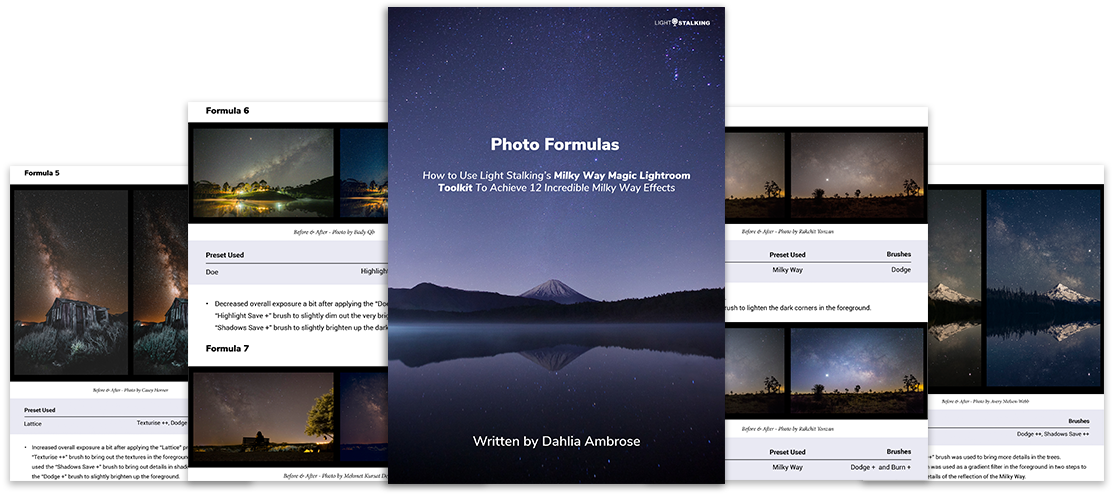
Take a look at it here.

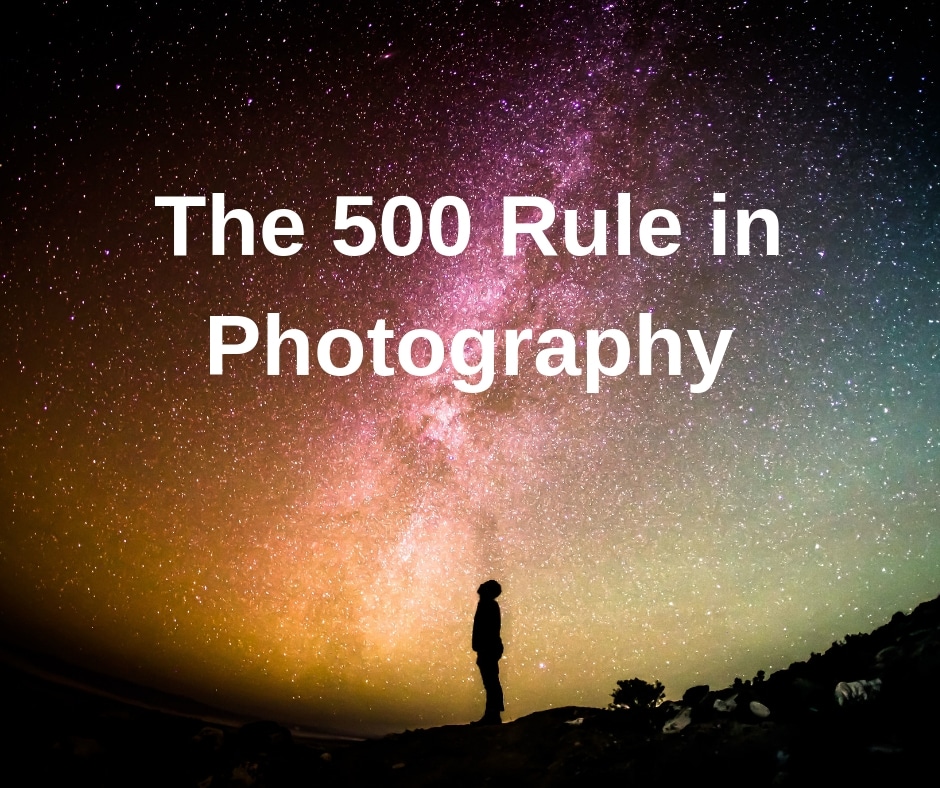
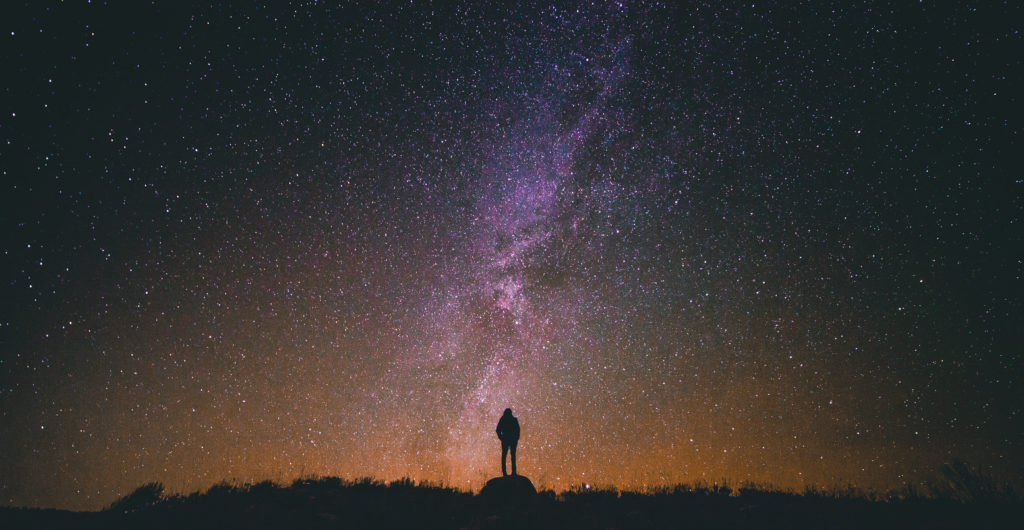



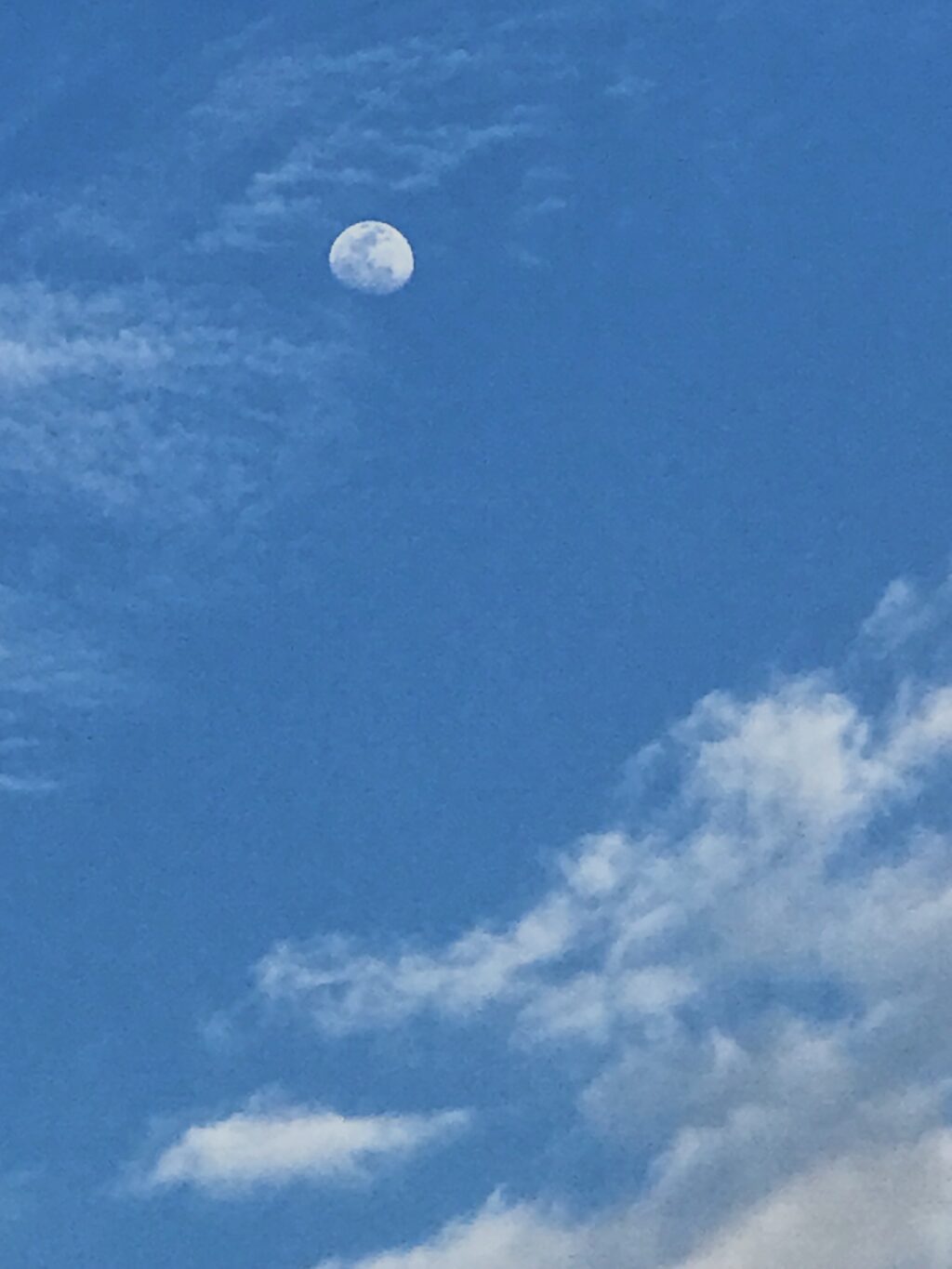

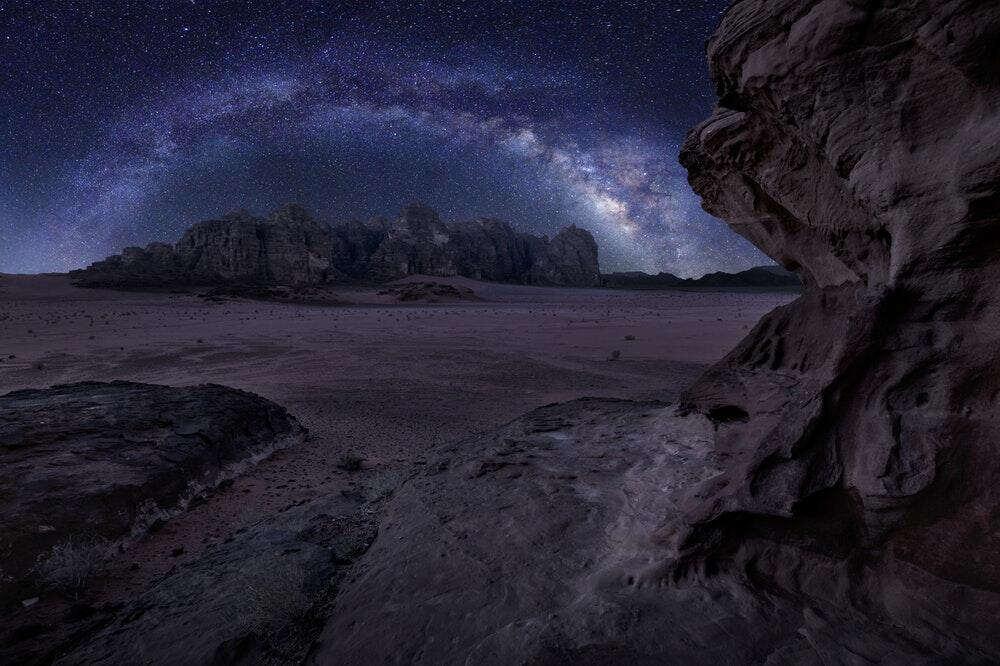
7 Comments
Can I mount my camera onto a celestial tracking mount, like that of a telescope, and take longer exposures without blurring? May be adapter available?
Yes, you can. Trackers like a Vixen Polarie allow you to take much longer exposures because they compensate for the rotation of the earth.
Great post, great topic. I haven’t done much night sky shooting – mostly star trails to this point. Looking to find a good place nearby to shoot when the nights get colder and the sky clears up.
Nice post.. Nicely explained about 500 rule in Photography.
Thank you for the useful info.
Please, how does it work with a micro fourthirds camera?.
Thank you 😊
The apparent revolution of the stars is fastest at the celestial equator, approaching zero at the poles. Is the 500 rule “calibrated” for the equator, or for some arbitrary point between the equator and the pole, say 45 north or south, which might pass about overhead in parts of the U.S., Europe, or New Zealand?
Thanks for this article and the links mentioned.
I have read it carefully and I will put it to my bookmarks.
But what about the ISO setting,which also must be taken under consideration.
And certainly an ISO 100 is not what we need.